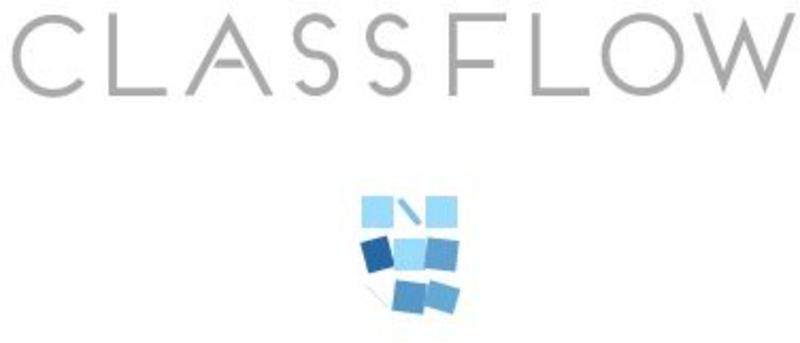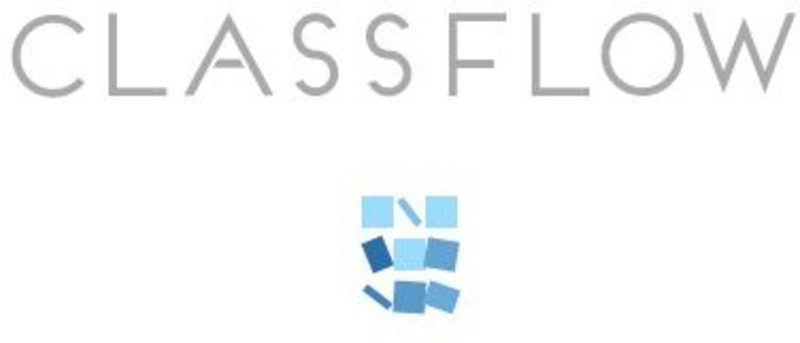Utah Education Network
Uen: Horton Hears a Who
"Horton Hears a Who" is used in this lesson to prompt a discussion about communities and cooperation.
Utah Education Network
Uen: These Are Things in My Community
Similarities and differences within school and neighborhood communities.
PBS
Pbs Learning Media: Teacher's Guide: Xavier Riddle and the Secret Museum
Use this teacher's guide to plan how you'll integrate video clips, biosketch readers, and graphic organizers for Xavier Riddle and the Secret Museum across your Grade 1-2 classroom curricula. From guided reading to a living wax museum,...
Utah Education Network
Uen: Themepark: Systems: Ecosystem
Find a large collection of internet resources organized around ecosystems. Links to places to go, people to see, things to do, teacher resources, and bibliographies.
PBS
Pbs Learning Media: Molly of Denali: Sled Dog Dash Game
Use this Molly of Denali digital game to extend and expand children's use of informational text, as well as their knowledge of Alaska Native culture. Molly and her friend Tooey use a fictional app to access information that will help...
PBS
Pbs Learning Media: Molly of Denali: Beading Art Game
Use this Molly of Denali digital game to extend and expand students' use of informational text, as well as their knowledge of Alaska Native culture. In this game, Molly shows players how to make various beading designs using the...
PBS
Pbs Learning Media: Sesame Street: Offering Comfort
It's comforting for kids to know that they live within a circle of care. Remind children that many people care about them...that's what the "Circle of Care" is all about. Together as a family, use these resources to help your child...
PBS
Pbs Learning Media: Sesame Street
Do you know how to get to Sesame Street? This collection is designed to engage preschoolers in everyday learning by teaching core skills in Math, Literacy, STEM, and Social and Emotional Development. Here you'll find hundreds of videos,...
PBS
Pbs Learning Media: Arthur: Around the Block Activities
Explore how people are alike and different in these ARTHUR activities. From interviewing classmates to establishing local pen pals to creating neighborhood maps, the activities will help children understand and appreciate what we share...
Library of Congress
Loc: Teachers: Exploring Community Through Local History
Guidelines for exploring local history and culture through examining a collection of written and spoken stories, landmarks, and traditions, such as food, festivals, and events. Young scholars will research a variety of primary resources...
Science Education Resource Center at Carleton College
Serc: Discovering Nature in Our Neighborhood: Investigating Natural Communities
Students examine the natural surroundings around the school and identify micro-communities of plants, insects, and other animals through walks and nature journaling.
National Geographic
National Geographic: Why Communities Move
Why do communities move? In this activity from National Geographic, students learn what causes groups of people to to move from or be attracted to areas. Students learn how these concepts play into their own local communities, and forces...
Other
Planning.org: Kids and Community
Use this site to explore how you create communities, how you live in them, and how you change them. This site also has information on the career of city planning, and activities on city planning.
BBC
Bbc: Gcse Bitesize: Adaptations, Interdependence and Competition
This lesson focuses on how plants and animals live together in a community or ecosystem by adapting, interdependence, and competition.
CommonLit
Common Lit: Themes: Community: What Is the Importance of Community?
This is a collection of Grade-Leveled texts (3-12) to address the question, "What is the importance of community?" Select a grade level and a collection of on grade-level reading passages on the topic comes up. [Free account registration...
CommonLit
Common Lit: Themes: Community: How Are Communities Formed?
This is a collection of Grade-Leveled texts (3-12) to address the question, "Community, How are communities formed? Select a grade level and a collection of on grade-level reading passages on the topic comes up. [Free account...
Shodor Education Foundation
Shodor Interactivate: Spread of Disease
Models how a population of susceptible, infected, and recovered people is affected by a disease.
Shodor Education Foundation
Shodor Interactivate: Life
Run the classic game of life, learning about probabilities, chaos and simulation. This activity allows the user to run a randomly generated world or test out various patterns.
Louisiana Department of Education
Louisiana Doe: Louisiana Believes: Social Studies: Grade 3: Poverty Point
This instructional task contains a set of primary and authentic source documents about Poverty Point settlements in and around North Louisiana.
ClassFlow
Class Flow: Neighborhood
[Free Registration/Login Required] This flipchart helps students learn about neighborhoods, maps and directions and uses the Activotes.
ClassFlow
Class Flow: Communities
[Free Registration/Login Required] This flipchart defines the various types of communities and ties into the book The Little House by Virginia Burton. It features pictures from Google Earth and questions for Activotes.
ClassFlow
Class Flow: Community Changes
[Free Registration/Login Required] This flipchart discusses basic community changes including changes in population, inventions, and transportation.
ClassFlow
Class Flow: Comparing Communities
[Free Registration/Login Required] This flipchart is a comparison of the three types of communities, urban, rural, and suburb. It contains streamline video, and many interactive activities.
SMART Technologies
Smart: Communities Assessment
This is an assessment for what community is and what is required to be a community, community rules, types of democracy, and types of communities.











